Table of Contents
- Jawaharlal Nehru (1947-1964)
- Lal Bahadur Shastri (1964-1966)
- Indira Gandhi (1966-1977, 1980-1984)
- Morarji Desai (1977-1979)
- Charan Singh (1979-1980)
- Rajiv Gandhi (1984-1989)
- V. P. Singh (1989-1990)
List of Prime Ministers of India (1947-1990)
Jawaharlal Nehru (1947-1964)
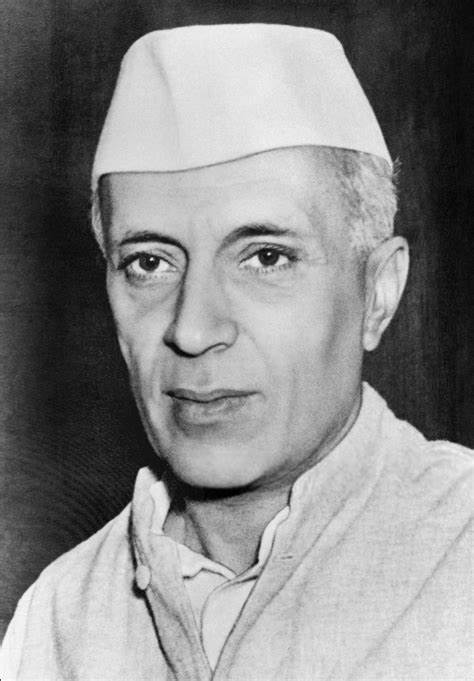
Jawaharlal Nehru (14 November 1889 – 27 May 1964) was the first Prime Minister of India, serving from 1947 until his death in 1964. He was a central figure in Indian politics before and after independence, and is considered to be the architect of the modern Indian nation-state. Nehru was a member of the Indian National Congress, and was a close ally of Mahatma Gandhi in the Indian independence movement. He was also a writer, and his autobiography, “Toward Freedom,” is considered a classic in political literature. Nehru was a staunch secularist and a socialist, and his policies laid the foundation for a mixed economy and a welfare state in India. His daughter Indira Gandhi also served as Prime Minister of India.
Lal Bahadur Shastri (1964-1966)
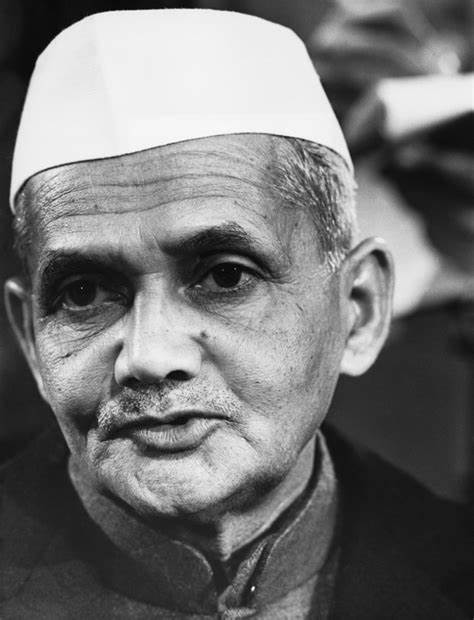
Lal Bahadur Shastri (2 October 1904 – 11 January 1966) was the second Prime Minister of India, serving from 1964 until his death in 1966. He was a leader of the Indian National Congress and a close associate of Jawaharlal Nehru, India’s first Prime Minister. Shastri was known for his simple lifestyle and his commitment to non-violence. He led India during the 1965 war with Pakistan and was known for his slogan “Jai Jawan Jai Kisan” (Hail the soldier, Hail the farmer).
Shastri’s government implemented several policies that had a lasting impact on India, such as the “Green Revolution” which increased food production and made India self-sufficient in food grains, the National Extension Service which expanded education and healthcare in rural areas, and the Community Development Programme which aimed to improve living standards in villages.
Shastri’s death was sudden and mysterious, it is still debated whether it was a heart attack or he was poisoned. Despite his short tenure, Shastri’s legacy is still remembered as one of integrity, simplicity and selflessness.
Also Read>>29 States of India With Capital And Their Languages
Indira Gandhi (1966-1977, 1980-1984)
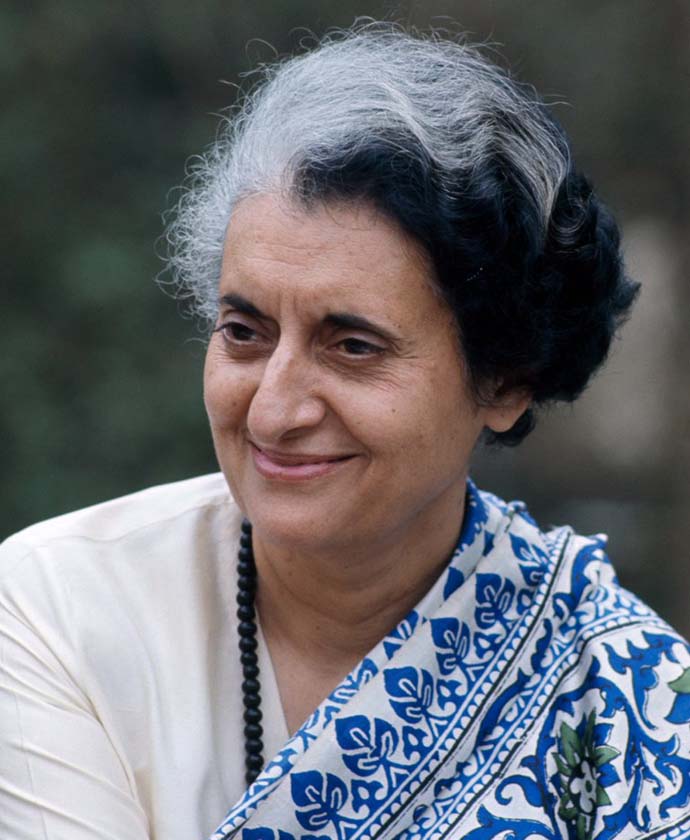
Indira Gandhi (19 November 1917 – 31 October 1984) was the third Prime Minister of India, serving from 1966 to 1977 and again from 1980 until her assassination in 1984. She was the first and, to date, the only woman to hold the office of Prime Minister in India. She was the daughter of Jawaharlal Nehru, India’s first Prime Minister.
Gandhi came to power during a time of great political and economic instability in India. She implemented a number of policies aimed at modernizing and industrializing the country, including the nationalization of key industries such as coal, steel, and banking. She also oversaw the launch of the Green Revolution, which increased food production and made India self-sufficient in food grains.
Gandhi’s government also faced many challenges, including political and economic turmoil, as well as conflicts with Pakistan and internal dissent. She declared a state of emergency in 1975 which lasted for 21 months during which civil liberties were suspended and political opponents were arrested.
Gandhi was known for her strong leadership and her commitment to secularism and socialism. However, her rule was also marked by authoritarianism and human rights abuses. She was assassinated by two of her own bodyguards in 1984.
Morarji Desai (1977-1979)
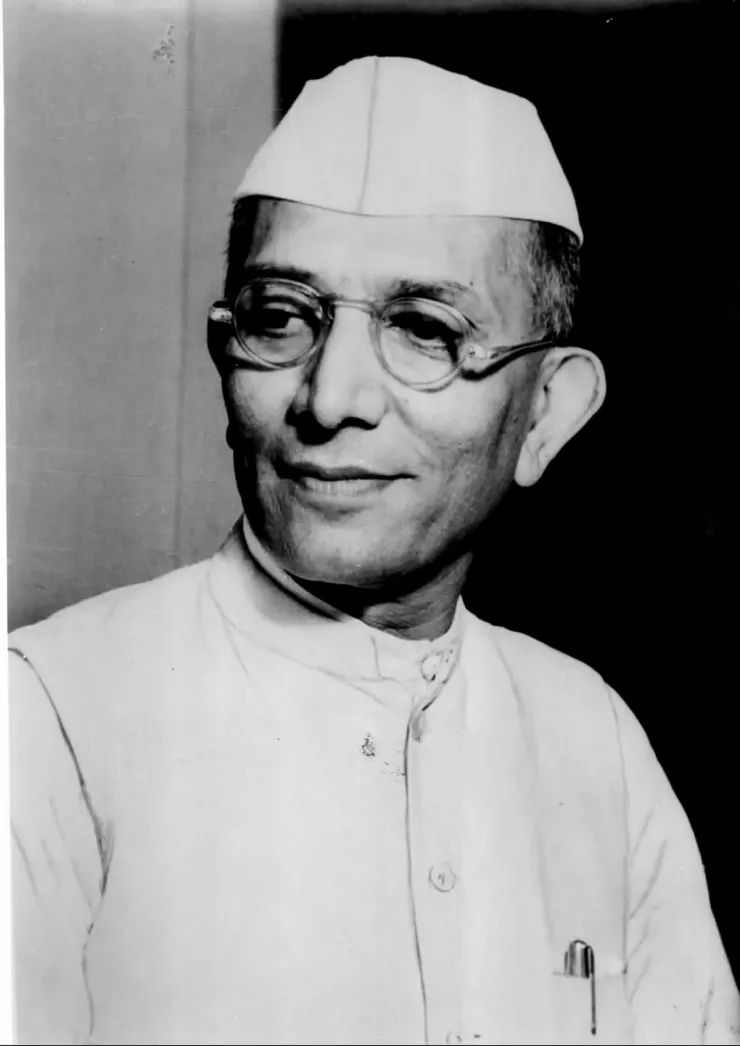
Morarji Desai (29 February 1896 – 10 April 1995) was the fourth Prime Minister of India, serving from 1977 to 1979. He was a leader of the Indian National Congress and a close associate of Jawaharlal Nehru and Lal Bahadur Shastri. Desai was a prominent leader of the Indian independence movement, and served as the Chief Minister of Bombay State and as Deputy Prime Minister under Indira Gandhi.
Desai became the Prime Minister after the Janata Party, a coalition of parties opposed to the Congress Party, won the 1977 general elections. He was the first non-Congress prime minister to complete a full five-year term in office. He was known for his austere lifestyle and his commitment to Gandhian principles of non-violence and self-reliance.
Desai’s government implemented a number of policies aimed at reducing government intervention in the economy and promoting private enterprise. He also took steps to improve relations with Pakistan and China, and to resolve the long-standing dispute with Pakistan over the status of Kashmir.
Desai’s premiership was marked by political turmoil and economic difficulties, and his government was plagued by infighting and corruption scandals. He resigned in 1979 after losing a vote of no-confidence in the Lok Sabha, the lower house of the Indian parliament.
Charan Singh (1979-1980)
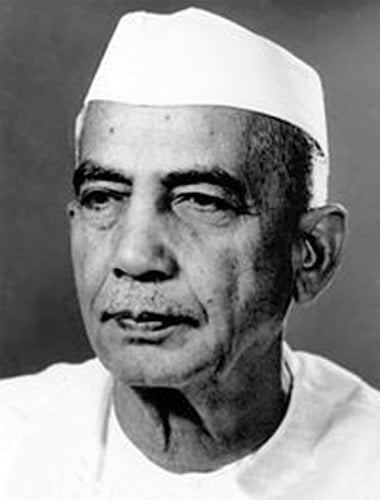
Chaudhary Charan Singh (23 December 1902 – 29 May 1987) was the fifth Prime Minister of India, serving from 1979 to 1980. He was a leader of the Indian National Congress and later joined the Bharatiya Lok Dal, a regional political party based in Uttar Pradesh. He served as the Chief Minister of Uttar Pradesh and as the Deputy Prime Minister of India under Indira Gandhi and Morarji Desai.
Charan Singh became the Prime Minister after the Janata Party, a coalition of parties opposed to the Congress Party, won the general elections in 1977 and Desai resigned in 1979. He was the first person from the Jat community, an agricultural community from northern India, to become Prime Minister of India.
Charan Singh’s premiership was short-lived as he was unable to prove a majority in the parliament and resigned after few months. During his premiership, he attempted to address issues of farmers, such as increasing their income and addressing their debt problem. He also attempted to reduce government intervention in the economy and promote private enterprise. He also attempted to improve relations with Pakistan and China.
Charan Singh’s premiership was marked by political turmoil and economic difficulties, his government was plagued by infighting and corruption scandals. He resigned after few months and the next election was held soon after.
Rajiv Gandhi (1984-1989)
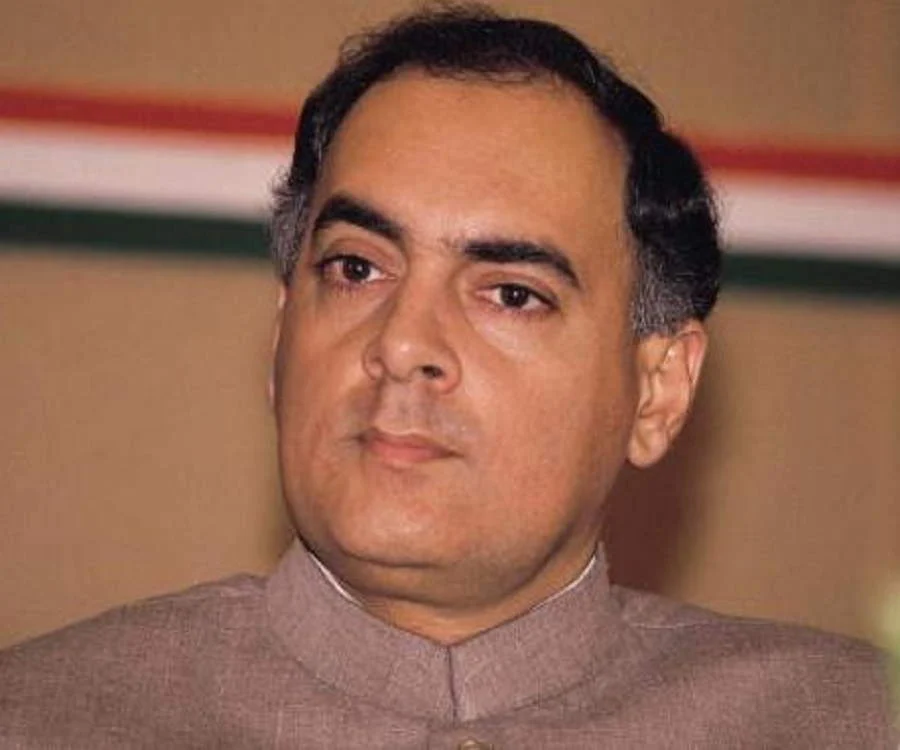
Rajiv Gandhi (20 August 1944 – 21 May 1991) was the sixth Prime Minister of India, serving from 1984 to 1989. He was the eldest son of Indira Gandhi, India’s third Prime Minister, and the grandson of Jawaharlal Nehru, India’s first Prime Minister. He was a member of the Indian National Congress party.
Rajiv Gandhi came to power after his mother, Indira Gandhi, was assassinated in 1984. He was the youngest Prime Minister in India’s history at the time, at the age of 40. During his premiership, he attempted to modernize and liberalize the Indian economy, and his government implemented policies to encourage foreign investment and technology transfer. He also played a key role in ending the Sri Lankan Civil War by signing the Indo-Sri Lanka Peace Accord.
Rajiv Gandhi’s government was also faced with several controversies such as the Bofors scandal, an alleged corruption case involving the sale of artillery to the Indian army and the Shah Bano case, a legal dispute involving the maintenance rights of a divorced Muslim woman. He lost the 1989 general election, and his party was defeated.
On May 21, 1991, Rajiv Gandhi was assassinated by a suicide bomber from the Liberation Tigers of Tamil Eelam (LTTE) during an election campaign rally in Sriperumbudur, Tamil Nadu.
V. P. Singh (1989-1990)

Vishwanath Pratap Singh (25 June 1931 – 27 November 2008), commonly known as V. P. Singh, was the seventh Prime Minister of India, serving from 1989 to 1990. He was a member of the Indian National Congress party and later founded the Janata Dal, a regional political party. He served as the Chief Minister of Uttar Pradesh and as the Minister of Finance under Prime Minister Rajiv Gandhi.
Singh became the Prime Minister after the Janata Dal, in alliance with other parties, won the 1989 general elections. He was the first non-Congress Prime Minister to complete a full five-year term in office. He is widely remembered for his efforts to implement the Mandal Commission recommendations, which recommended reservation of 27% of government jobs for Other Backward Classes (OBCs)
Singh’s government was also faced with several controversies such as the Bofors scandal, an alleged corruption case involving the sale of artillery to the Indian army, and the Shah Bano case, a legal dispute involving the maintenance rights of a divorced Muslim woman. He lost the support of his own party and resigned in November 1990, he was succeeded by Chandra Shekhar.
Singh continued to be active in politics and later formed a new political party, the Jan Morcha, he also served as a member of the Rajya Sabha, the upper house of the Indian parliament. He died on November 27, 2008, due to multiple organ failure.
Also Read>>Ritvik Sahore Biography, Age, Height, Net Worth- Web Series Actor
Also Read>>Priya Gamre Biography, Age, Height, Net Worth- Ullu Web Series Actress
Also Read>>8 Reasons Why Women Cheat to their Husband and Do Extra Marital Affairs
